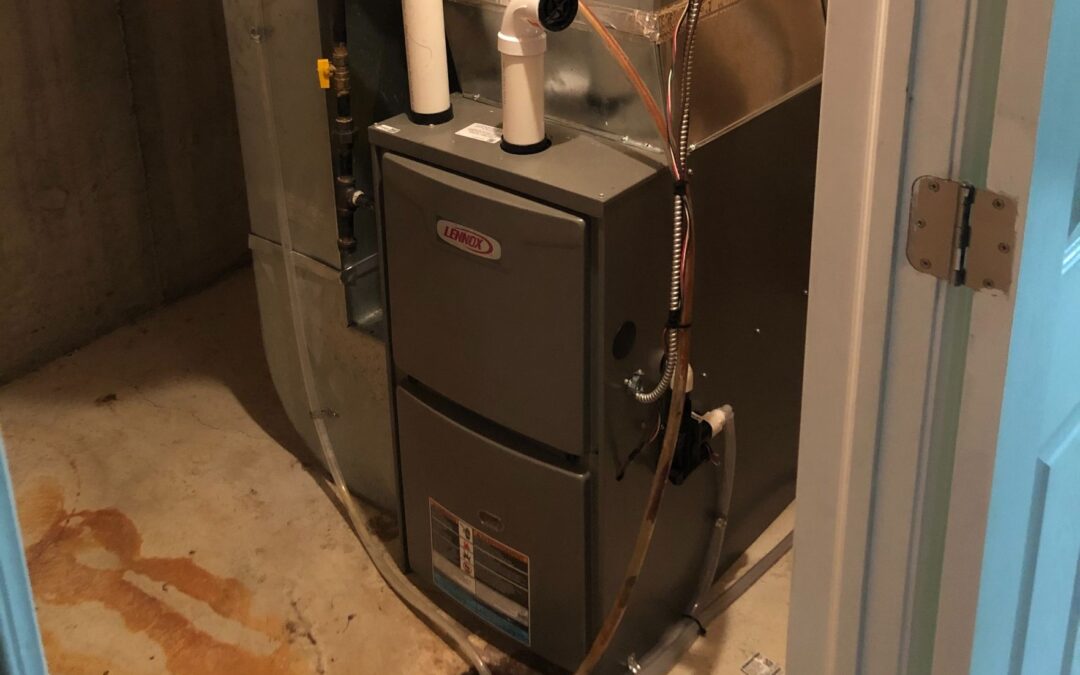As the weather becomes colder, the last thing you want to find out is if your furnace is not working. Consequently, many people are in this situation with common furnace problems and are panicking because they have no idea what else to do and how to work on their furnace to get it to function again. You may put your mind at ease by learning about some furnace troubleshooting methods. Understanding the main components and how your heating system works is critical regardless of the brand or type of furnace you have installed. You do not need to be an expert in understanding technical aspects of HVAC systems to understand the essentials, but knowing the basics of troubleshooting the furnace and knowing how to fix a furnace can help you be prepared on what to do if your furnace breaks down.
Furnace Leaking Water
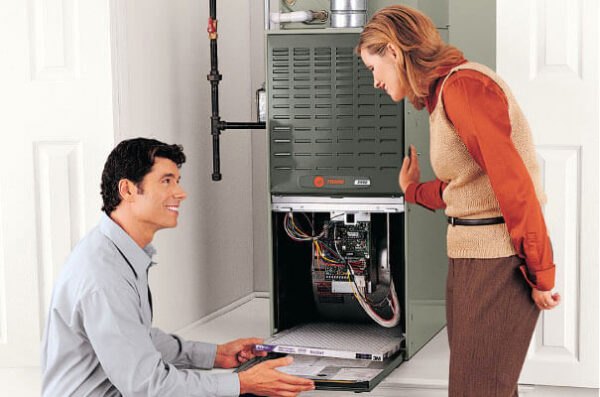
Condensation leaks are frequent furnace issues; but, if there is a condensation leak with a standard-efficiency furnace, the exhaust pipe may need cleaning or can be the improper size for the furnace type you have. With a standard-efficiency furnace, you should not have any problems with water leaks. One solution is to contact a professional who specializes in troubleshooting a furnace.
Furnace Not Turning On
If your furnace shuts off and does not start, it may be for a variety of reasons.
- Thermostat – The first step is to ensure sure your thermostat is turned on and at a temperature that is greater than the home’s temperature it is at currently. Check to see whether an error code is shown if the furnace fan does not switch on. If no error code appears, the issue might be with the gas line.
- Gas Line – Ensure the gas supply connected to the furnace has not been tampered with in any manner and that the gas is being supplied into the furnace.
- Furnace Switch Switched Off – double-check that the furnace’s internal switch hasn’t been unintentionally turned off. The furnace will not operate if it is turned off.
- Dirty Air Filter – Your furnace’s air filter should be replaced regularly. When the air filter becomes clogged, the furnace is unable to switch on.
- The Ignition Sensor– often known as the pilot light, is responsible for igniting your furnace. If you didn’t hear the click of your furnace fan turning on, there’s an issue with this function.
Furnace Not Heating

Another typical problem with furnaces is that the heating is not working. A variety of reasons can cause chilly air to be blown. Working to ensure the heat vents are open is an excellent place to start addressing this problem. Especially if you have small kids in the house, they can be unintentionally switched off. When heat vents are closed, the furnace shuts off immediately.
If the heat registers aren’t the problem, double-check the thermostat settings to make sure the fan is on “Auto” and the thermostat is tuned to “Heat” rather than “Cool.”
If your thermostat is adjusted correctly, the next thing to check is if your furnace is getting enough electricity. Battery, furnace switches, and electrical systems should all be checked. Check the furnace’s power supply to make sure it’s working properly. Then hit the reset button to restart the furnace.
The Furnace Is Not Producing Enough Heat
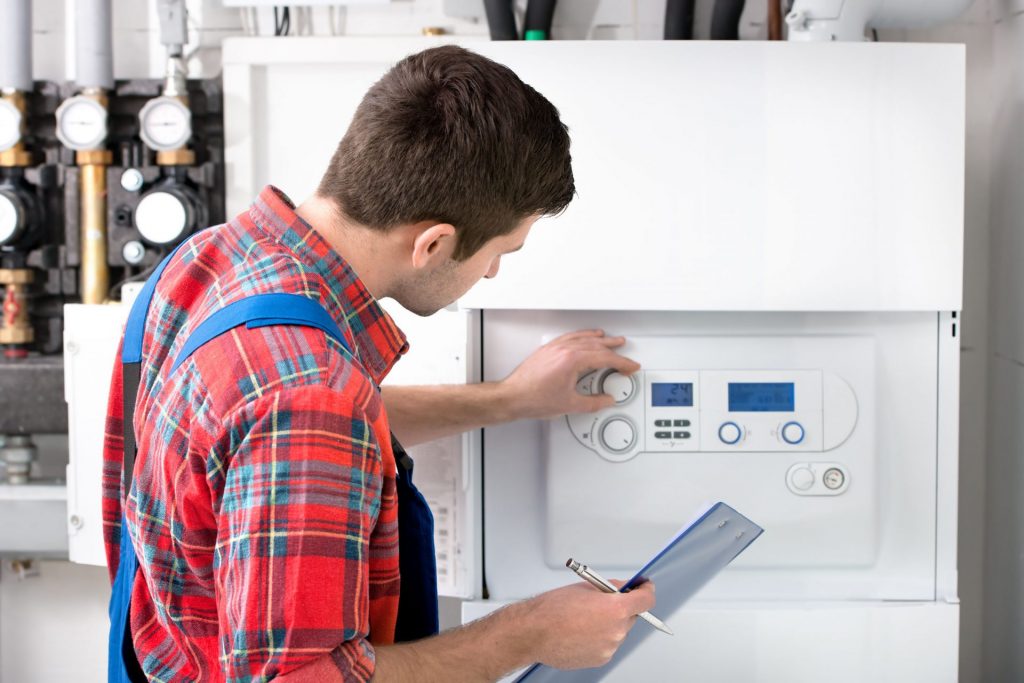
When it comes to a furnace that isn’t producing enough heat, dirty filters are frequently to blame. This is because dust can obstruct airflow. Simply replace the air filter if you find the heater isn’t working correctly.
Keep the Area Around Your Furnace Clean
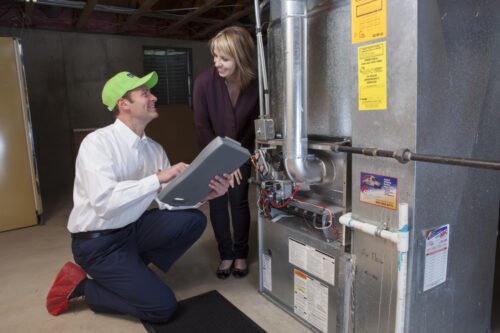
As part of your furnace maintenance, constantly continue to vacuum and wipe down your furnace and the surrounding region to keep clear of dust and dirt. Another thing to remember is to keep the area free of anything that might cause a fire, so nothing on top of the furnace either.
Look at the Burner Flames
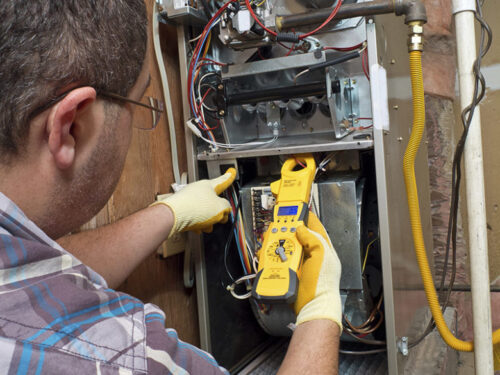
Make sure the furnace burner is clear of dust and dirt by inspecting them regularly. Burners must be clean, and inspecting the flames is one method to guarantee that they are. Your burners are usually clean if they have a blue and steady flame, however, if they are yellow, they are likely dusty. Make sure the electricity is switched off before cleaning.
Oil the Furnace Blower
Not only will keeping your furnace oiled to enhance the effectiveness of your heating system, but it will also lengthen the life of your furnace.
Not only will keeping your furnace oiled to enhance the effectiveness of your heating system, but it will also lengthen the life of your furnace.
- Detach the screws that link the furnace to the main electrical panel after turning off the circuit breaker on the main electrical panel.
- Locate the blower motor assembly, which is usually at the furnace’s base.
- Unscrew the bolts that hold the blower motor in place in the furnace, then remove the bolts next to the blower motor.
- After that, remove the motor and look for the oil ports on the motor. Then reassemble the furnace by squeezing a few droplets of oil into each inlet.
Check Your Limit Switch
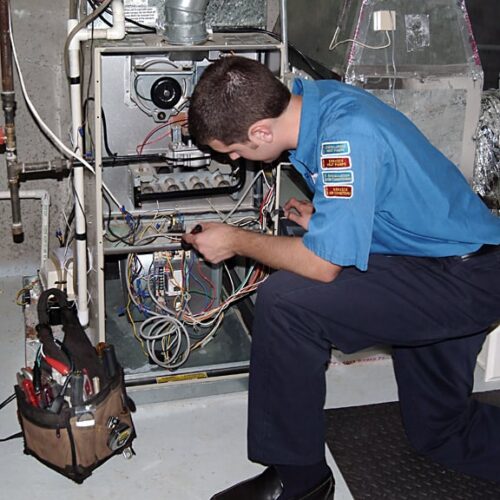
A malfunctioning limit switch might cause your blower to keep operating endlessly. The blower’s lifespan will be shortened if the furnace is left on. Please contact us for a furnace repair to have the limit switch replaced, which should resolve the issue.
Check Pilot Control/Electric Ignition
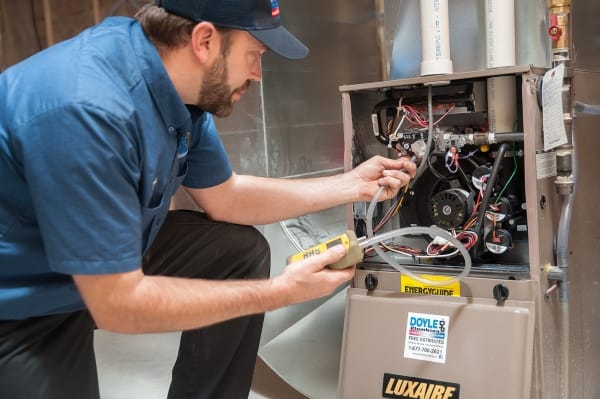
To check the furnace’s components, turn off the electricity and the gas to the furnace. Examine it without touching it to see if there are any indications of damage. If you do, you’ll need to replace the igniter.
Heating Cycling Problems
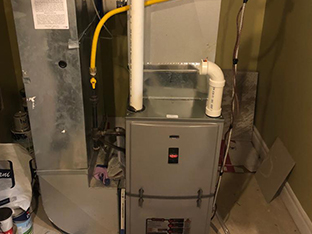
If your furnace turns off too quickly, it might be because the air filter is dusty or getting worn out. If you’ve just replaced the filter and are still having problems, there may be a more severe problem that needs to be addressed, which would require the services of a professional who understands how to repair a furnace.
Noisy Furnace
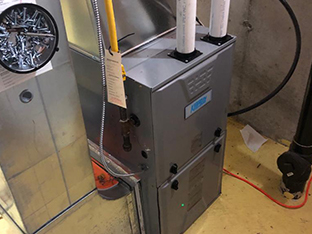
Unusual noises coming from your furnace might be an indication that something is wrong. It might be a blocked furnace burner, a lack of ventilation, or another technical issue.
If you believe that airflow difficulties are the source of the noise, insulating your ductwork will help decrease the noise. If the sound is coming from the furnace, inspect the pilot light to see if it is correctly positioned. Make sure the blower motor is greased as well.
Contact ThermEnergy professionals to resolve any of your furnace problems today!

